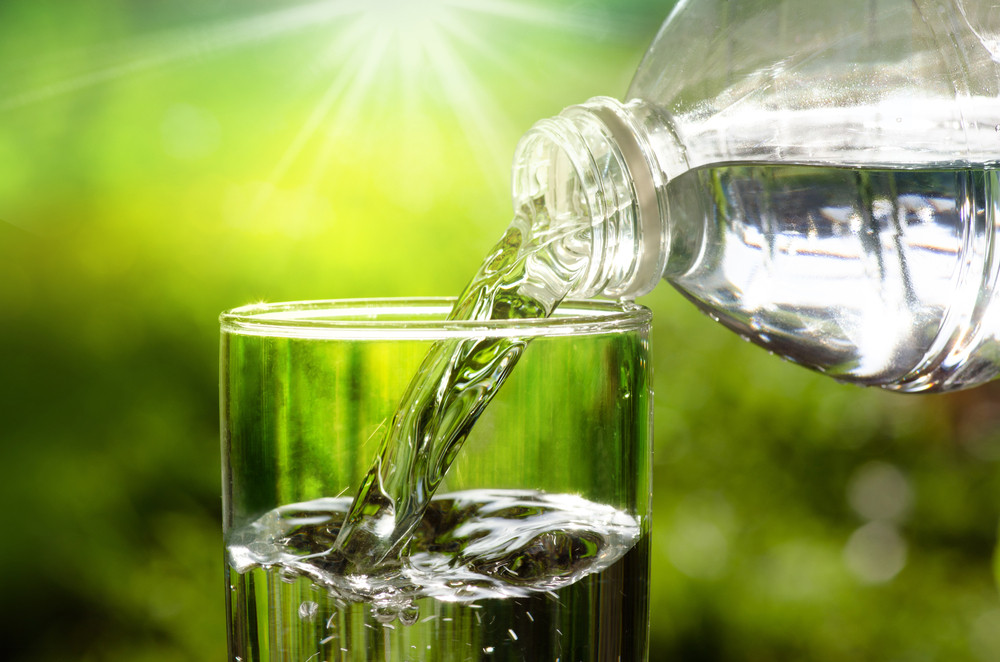Popular Reads
Top Results
Can't find what you're looking for?
View all search resultsPopular Reads
Top Results
Can't find what you're looking for?
View all search resultsMicroplastics in drinking water not a health risk for now: WHO
Change text size
Gift Premium Articles
to Anyone
T
he World Health Organization (WHO) said Thursday the level of microplastics in drinking-water is not yet dangerous for humans but called for more research into potential future risk.
In its first report into the effects of microplastics on human health, WHO looked into the specific impact of microplastics in tap and bottled water.
Read also: Microplastics have entered our bodies via food chain: Scientist
"The headline messages to reassure drinking water consumers around the world, that based on this assessment, our assessment of the risk is that it's low," said Bruce Gordon, WHO coordinator of water and sanitation.
WHO said that data on the presence of microplastics in drinking water is currently limited, with few reliable studies, making it difficult to analyse the results.
WHO has called on researchers to conduct a more in-depth evaluation into microplastics and the potential impact on human health.
The organisation has also urged a crackdown in plastic pollution to benefit the environment and reduce human exposure to microplastics.
The report said that irrespective of human health risks caused by microplastics in drinking-water "measures should be taken by policymakers and the public to better manage plastics and reduce the use of plastics where possible".
WHO said that microplastics larger than 150 micrometers are not likely to be absorbed by the human body but said the chance of absorbing very small microplastic particles, including nano-sized plastics, could be higher, although it said data is limited.
"We urgently need to know more about the health impact of microplastics because they are everywhere -- including in our drinking water," said Maria Neira, director of the Public Health Department at WHO, in a statement.
"We also need to stop the rise in plastic pollution worldwide."
The report warns of other dangers ahead: if plastic emissions in the environment continue at the current rate, microplastics could present widespread risks for aquatic ecosystems in a century, which could in turn increase human exposure.
Experts recommend wastewater treatment, which can remove more than 90 percent of microplastics in water by using treatments such as filtration.
WHO said those measures would have a double advantage as it would also address the problem of faecally contaminated water by removing microbial pathogens and chemicals that can cause deadly diarrhoeal diseases.











